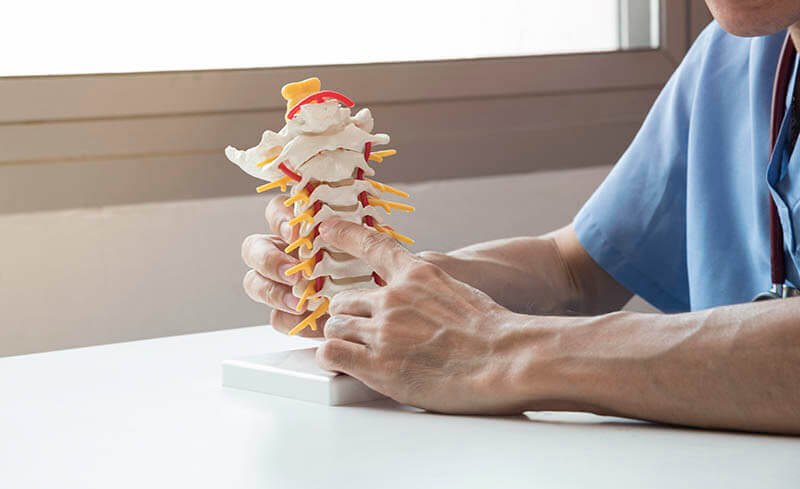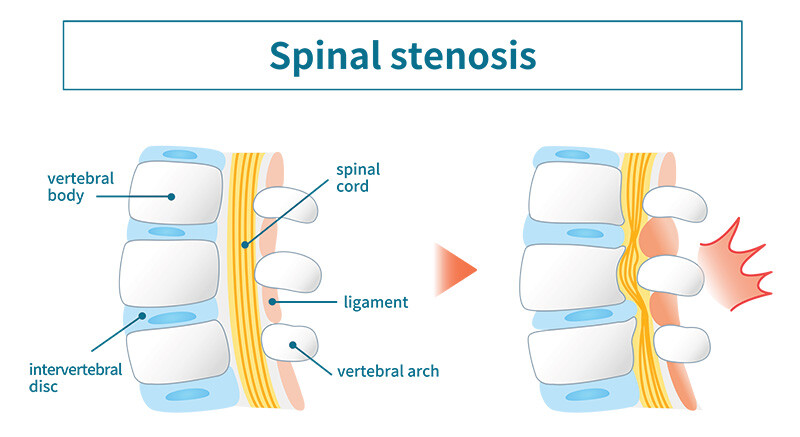Spinal stenosis is a condition where the open spaces within the spine narrow, putting pressure on the spinal cord and nerves. It is a common cause of back pain, numbness, and weakness in the legs or arms. Understanding spinal stenosis, its causes, symptoms, and available non-surgical treatments can help patients regain mobility and improve quality of life.
What Causes Spinal Stenosis?
The most common causes of spinal stenosis include:
-
Degenerative changes in the spine over time
-
Bulging or herniated discs pressing on nerves
-
Bone spurs (osteophytes) from arthritis
-
Thickened ligaments
-
Congenital (from birth) spinal narrowing
Central stenosis affects the spinal cord itself, while foraminal (lateral) stenosis affects the nerve roots exiting the spine. Many patients experience both types simultaneously.
Signs and Symptoms
Symptoms often develop gradually and may include:
-
Back or neck pain
-
Numbness, tingling, or weakness in legs or arms
-
Difficulty walking or standing for long periods
-
“Shopping cart sign,” where bending forward relieves leg pain
Early detection of spinal stenosis allows for effective non-surgical interventions before surgery becomes necessary.
Non-Surgical Treatment Options
Conservative treatment for spinal stenosis focuses on relieving pressure on nerves and improving function:
-
Physical therapy to strengthen core muscles and improve posture
-
Targeted exercises to maintain spinal flexibility
-
Non-invasive spinal decompression or disc healing therapies
-
Lifestyle modifications, including ergonomic support and weight management
At Orange County Disc Associates, Dr. Campbell offers a safe, non-surgical treatment that targets the underlying disc and nerve compression. This approach restores hydration and circulation to the disc, reduces pain, and improves mobility without injections, drugs, or surgery.

A Smarter Path Forward
Our clinic focuses on non-surgical treatment for back pain because it works—without the risk of surgery. By strengthening the spine and addressing the root cause of disc issues, patients recover faster and avoid complications. Whether you're dealing with herniated discs, bulging discs, or chronic sciatica, our goal is long-term healing—not temporary relief or invasive procedures. If you’ve been told surgery is your only option, let us give you a second opinion rooted in proven non-surgical techniques.
Learn more about our disc treatment solutions here.

